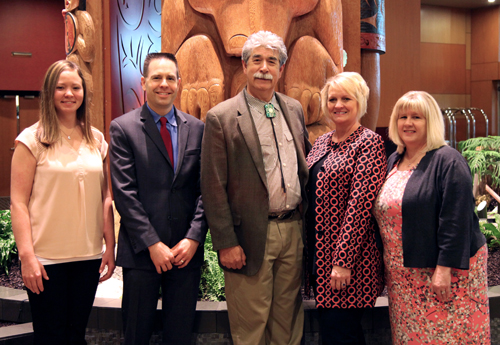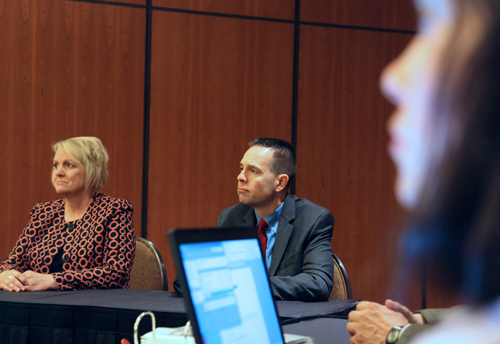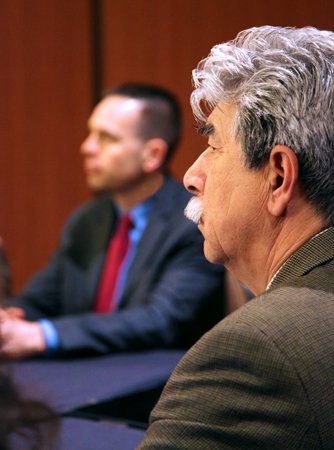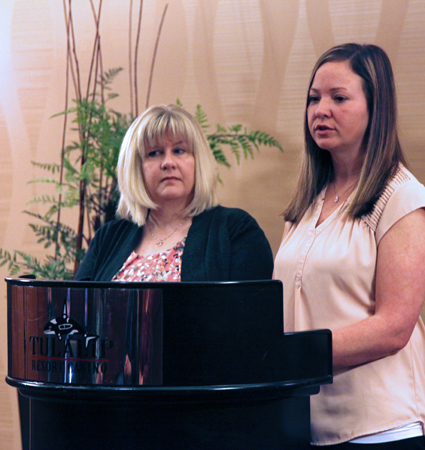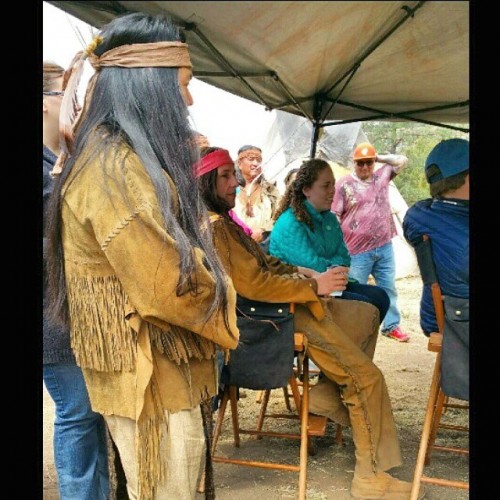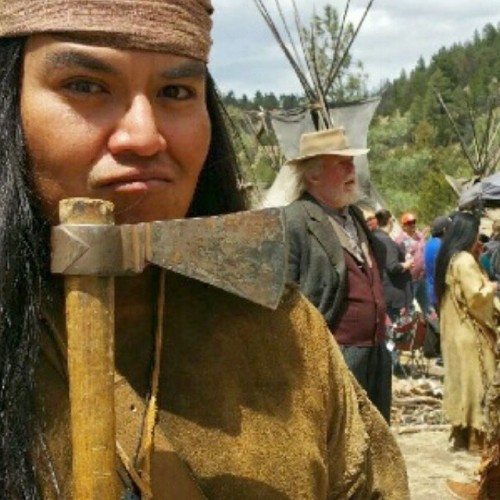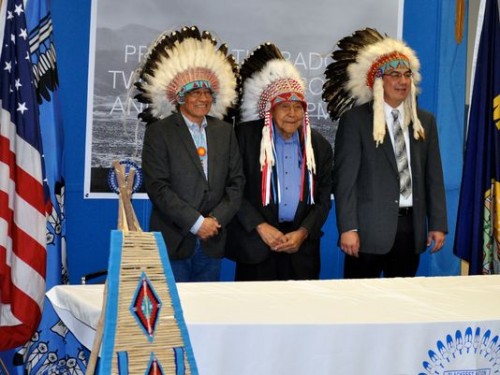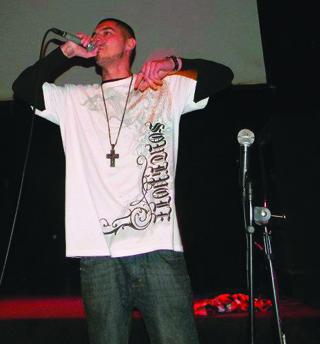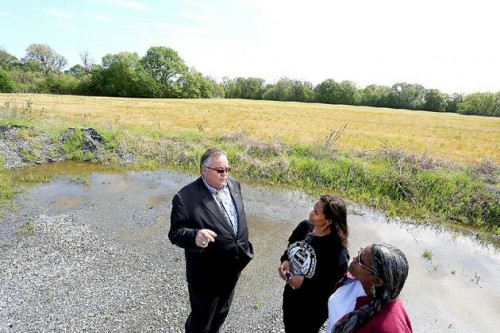By Diana Hefley and Eric Stevick, The Herald
MARYVILLE — It could take until December to hear whether the federal government will help fund recovery efforts at Marysville Pilchuck High School after the shootings there six months ago.
The school district, Marysville, the Tulalip Tribes, Victim Support Services and Volunteers of America have applied for a $4.2 million grant from the U.S. Department of Justice’s Office for Victims of Crime. The money would help pay for mental health and victim support services, additional school counselors, suicide prevention efforts and other programs at the high school and throughout the district. It also would help reimburse some costs such as police and firefighter overtime.
On Oct. 24 a freshman opened fire in front of more than 100 students inside the school’s cafeteria. The Tulalip boy, 15, shot five of his friends before turning the gun on himself.
Killed were Andrew Fryberg, 15, and Zoe Galasso, Shaylee Chuckulnaskit and Gia Soriano, all 14. Nate Hatch, now 15, was critically injured but survived. The shooter, Jaylen Fryberg, also died.
The city, school district, the Tulalips and others are working together to create a safety net to help students, staff and community through the grief and trauma caused by the violence. That costs money, though.
The agencies that applied for the federal grant recently were advised it could be December — about 15 months after the shootings — before they’d hear about the funding, VSS Executive Director Marge Martin said.
“What’s taking so long?” she asked. “We’d like them to advance us some of it. We don’t want to lose that window of support.”
After the 1995 Oklahoma City bombing, Congress authorized the DOJ’s Office for Victims of Crime to set aside $50 million a year to provide grants to victims and first responders after acts of terrorism or mass violence. The money comes from bond forfeitures and fines paid by white-collar criminals.
More than $8 million was handed out less than a year after the April 2013 bombing at the Boston Marathon. The federal office provided a $7.1 million grant for recovery efforts about 18 months after a gunman in 2012 killed 20 students and six adults at Sandy Hook Elementary School in Newtown, Conn.
It is a long wait when the needs are so great, said Mary Schoenfeldt, the director of recovery efforts for the school district.
“Yes, it is a concern and, yes, we will still need the funds, absolutely,” she said.
VSS, a nonprofit with a $600,000 yearly budget, is providing one full-time and one part-time mental health therapist on campus at Marysville Pilchuck. It also is providing another part-time mental health counselor shared by Marysville Getchell High School and Totem Middle School, where friends and former classmates of the shooter and slain students attended.
“It’s not that other schools don’t need them, it’s that the other schools are spread thin,” Schoenfeldt said.
The money to pay for the mental health therapists is being advanced to VSS from the state Department of Commerce, which administers federal grants for crime victims. So far VSS has been floated about $55,000.
“We didn’t have the money but it was the right thing to do,” Martin said. “It was critical to provide access to specialists without families having to go through a bunch of red tape. I believe that just by being on site we’ve saved kids’ lives out there.”
The full-time therapist provides one-on-one counseling during the school day. She has seen about 100 kids since the shooting. They’ve also held six support groups, with more in the works.
VSS requested federal money to fund four full-time trauma therapists and a caseworker. They want to add therapists to make home visits to students who have refused to return to school, or who transferred out of Marysville Pilchuck since the shootings. Another therapist would work at schools throughout the district and a fourth would provide backup.
They had hoped to have the federal grant money in time to open an off-site mental health center so kids could continue to attend therapy and support groups during the summer break. Ideally, it would be located in town on a bus line to make it easy on kids to get there, Martin said. She’s been pounding the pavement, looking for a corporate sponsor.
“We’ll find a way to put something in place,” Martin said.
The therapists are beginning to see students with symptoms of post-traumatic stress disorder, such as nightmares, hypervigilance, anxiety and depression.
Studies show that there can be an uptick in suicide following traumatic events, such as school shootings, Martin said. Additionally, the violence may cause students to relive past traumas, such as domestic violence or exposure to addiction.
One of the next big challenges is working with youth organizations to line up summer programs, Schoenfeldt said. That task has been occurring the past two months.
“At the end of the school year, as much as everyone anticipates it, it is about loss and it is about transition,” she said. “As challenging as this year has been, there is almost a fraternity around the staff and the kids and they are going to lose that. There is a structure and there is routine. That structure and the routine and the predictability is very comforting. When you lose that, it is going to create a different sense of pressures.”
Friday is a shortened school day. Students have an option of attending a remembrance.
“They are adamant they are not going to let this define who they are as individuals or as a school,” Schoenfeldt said.
The partnership between the city, school district and Tribes is fundamental to the success of recovery efforts, said Rochelle Lubbers, the Tulalip recovery manager.
“The ultimate goal here is to implement a sustainable model of services for the long-term health of our communities,” she said.
For students and families, six months after a tragedy is a time when emotions that have been kept in check might come to the surface.
It wouldn’t be surprising if people feel cranky, weepy or can’t settle into a task.
“Our bodies are amazing,” Schoenfeldt said. “They remember on a subconscious level, not just on an intellectual level.”
There have been changes at the school since the shooting spree. Some students transferred out; others transferred in. Absences spiked after a bomb threat in January replayed sights and sounds of police and circling news helicopters, and rekindled fears felt on the day of the October shootings.
Schoenfeldt believes the school is making progress.
Students aren’t trying to sweep what happened under the rug. They are being respectful but not maudlin, and are setting a good example for adults, she said.
“They are doing well,” she said. “That doesn’t mean they are well. They are doing well even though some days feel real challenging. They are recovering.”



